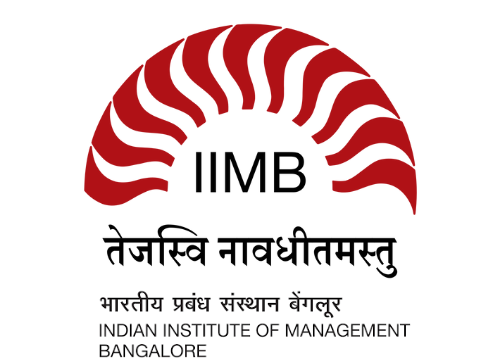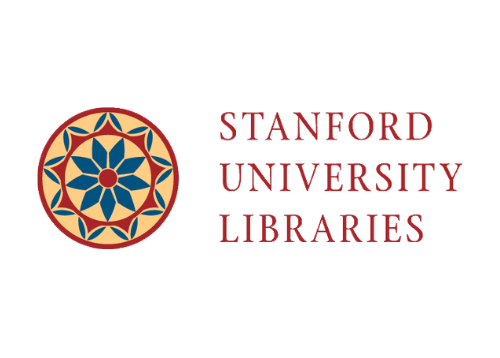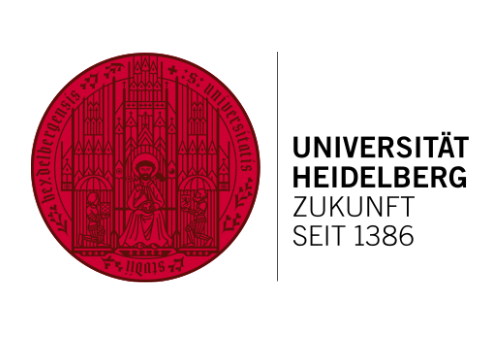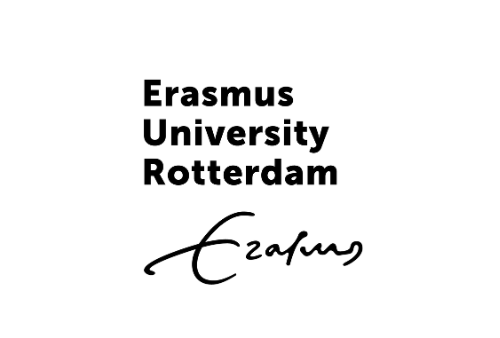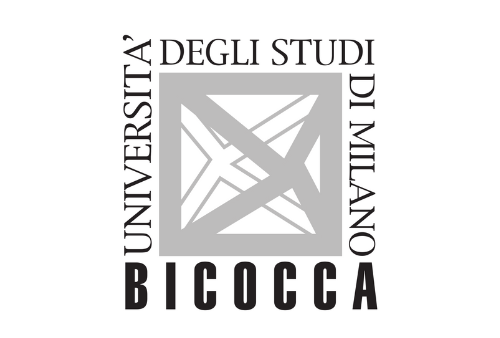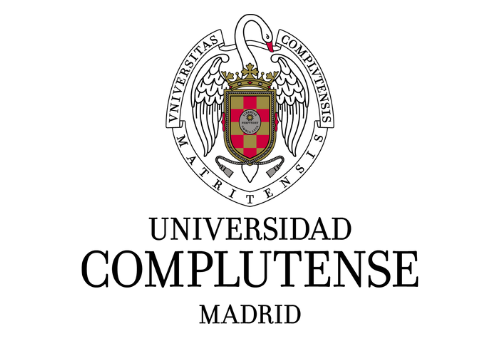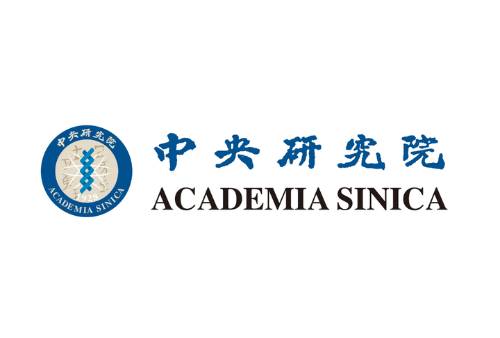UNDERSTANDING THE INDIAN COLLEGIUM SYSTEM: A COMPREHENSIVE OVERVIEW
Mudit Naveen, Student at The ICFAI Law School, The ICFAI University, Jaipur
Harshit Naveen, Student at The ICFAI Law School, The ICFAI University, Jaipur
ABSTRACT
The entire approach followed for appointing and transferring of judges in the Supreme and High Court has been questioned for its transparency and answerability. It is crucial for a fair trial that the judges must be independent, competent, and impartial. Thus, the adopted process for the appointment of judges shall be free from all types of direct or indirect influences from either the judiciary or government. The Indian Constitution of 1860 empowers the president for the appointment of judges after consulting with the Chief Justice of India. This study is based on doctrinal research to examine the effectiveness of the adopted appointment process i.e., collegium system, and to analyze the merits and demerits of the said process. This study is done in three steps viz. collecting data from different sources such as SCC Online, and Manupatra, analyzing the data, and finally report writing. This study traces the history of the collegium system and the long hassle between the judiciary and executive. It is argued that the collegium system has originated and evolved through various landmark judgments, namely first, second, third, and fourth judge’s cases. Because of the pitfalls in the collegium system the executive, through the ninety-ninth amendment introduced the National Judicial Appointment Commission Act of 2014 to replace it. However, it was declared unconstitutional in the fourth judge’s case. It is argued that the collegium system separates the judiciary from the executive safeguarding its decency and autonomy intact which also prevents further politization and biased judgments, but it may be subjected to nepotism and favoritism and lacks transparency and accountability, proving that there is a strict need to reform it. Furthermore, this paper analyzes the application of RTI, considering the collegium system in India. This study concludes with suggestions that make the collegium system more transparent and accountable.






